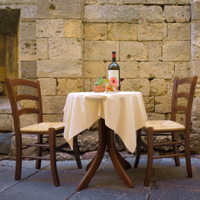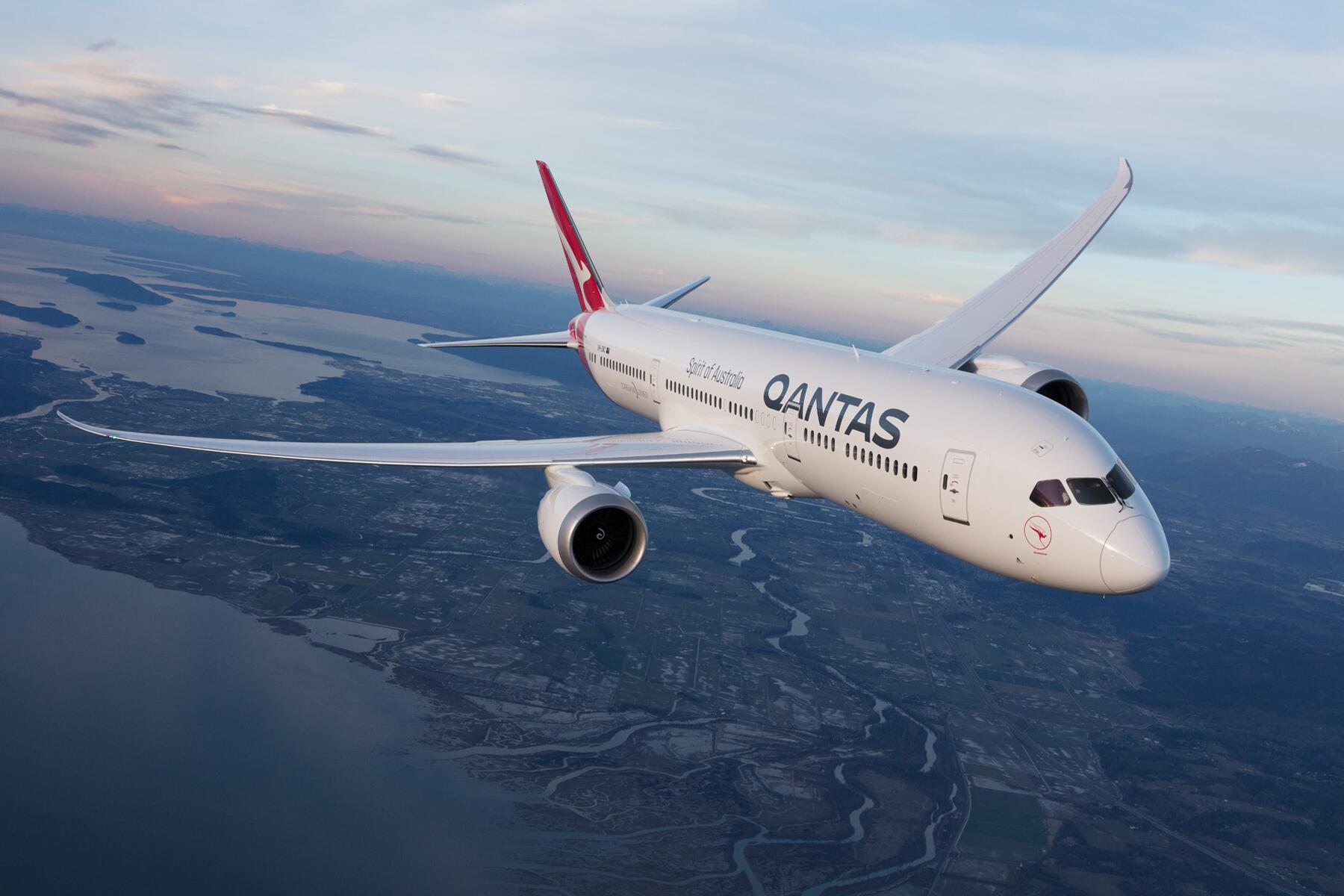By Dianne Hales
www.becomingitalian.com

Americans eat at any and all hours of the day and in every imaginable place (as well as while going from place to place). Italians, who consider the eating and enjoyment of food as much of an art as its preparation, take a much more organized approach to where, when, and how to eat. Here’s an essential guide to navigating the world of restaurants in Italy.
Types of Eating Establishments
You can find tasty dishes at every price range. Here are the most popular options.
Bar/caffè. The perfect place for a morning cappuccino or for an espresso any time of the day. Italians also may stop at a bar before lunch or dinner for an aperitivo—a light alcoholic drink such as a prosecco, Campari or Bellini, accompanied by a snack. Prices vary depending on whether you eat in piedi (standing) or seduto (seated, the more expensive option).
Tavola calda. Literally “hot table,” a buffet of prepared hot dishes that you can eat on the premises or take away.
Pizzeria. At a pizzeria al taglio, you buy pizza or focaccia by the “cut” or slice. At a pizzeria you sit and eat a whole round pizza.
Recommended Fodor’s Video
Paninoteca. A sandwich shop.
Birreria. The Italian version of a pub, where you can have sandwiches and salads.
Osteria or taverna An informal restaurant serving simple, inexpensive dishes.
Trattoria. A mid-priced restaurant, often family-run, with a cozy atmosphere and local specialties.
Ristorante. A more formal and expensive restaurant, serving high-quality Italian or international cuisine.
Meals and Hours
Italians generally eat three meals a day and do not snack between them. Most eating establishments close for a giorno di riposo (day of rest) each week. Many shut down for the month of August and several weeks in winter.
Prima colazione
Breakfast, 7:00 a.m. – 10:00 a.m.
An Italian breakfast usually consists of an espresso or cappuccino along with a cornetto (croissant) or brioche filled with custard (crema), jam (marmellata) or chocolate (cioccolato).
Pranzo
Lunch, 12:30 or 1:00 p.m. to 2:30 or 3:00 p.m., depending on the region
Italians in villages or rural areas still eat lunch at home. Urban dwellers may make do with a panino (sandwich) or tramezzino (triangular crustless sandwich). A traditional sit-down lunch consists of several courses, including:
- l’antipasto (appetizer, such as cold meats or marinated vegetables)
- il primo (first course, such as pasta or risotto)
- il secondo (second or main course of meat or fish)
Cena
Dinner, 8:00 p.m. to 10:00 or later in some areas
In addition to the three courses served at lunch, dinner might include
- insalata (salad)
- formaggio (cheese)
- dolce o frutta (dessert or fruit)
- caffè (espresso)
- digestivo (after-dinner drink such as limoncello).
At a Restaurant
Always greet the staff, including the waiter (cameriere), with a buongiorno or buonasera (good day at lunch; good evening at dinner). Italian waiters are professionals respected for their knowledge of food and wine. If you speak Italian, use the formal (“lei“) form of address, not the familiar “tu.”
Rather than pouring tap water, your waiter will ask if you prefer still (naturale) or sparkling (gassata or frizzante) bottled water, which is not served with ice. Italians typically drink only water and wine—bianco (white), rosso (red) or rosato (rose)—with meals. Sugary drinks such as Coca-Cola or limonata are considered an insult to the taste buds. Not even young children drink cold milk with meals.
Many dishes Americans think of as “Italian,” such as spaghetti and meatballs or fettucini alfredo, are unheard of in Italy. Don’t expect a small plate with bread and olive oil. Restaurants in Italy provide a bread basket with grissini (breadsticks) and bread and serve salads with extra-virgin olive oil and aceto (vinegar), not creamy salad dressings. If you want to eat on an outdoor terrace, ask for a table fuori (outside), not al fresco (which translates as slang for “in jail”).
Essential Do’s and Don’ts
- Don’t ask for grated cheese on any dish containing seafood, such as spaghetti ai frutti di mare. Fish and cheese are an unthinkable combination.
- Respect others’ privacy. Italians tend to talk among themselves rather than getting into conversations with strangers. Keep your voices low.
- Never, ever order cappuccino after a meal. To an Italian, this breakfast drink is like a bowl of cereal after dinner.
- Ask for the check (‘Il conto, per favore”). A waiter would consider it rude to bring the bill before it’s requested.
- Leave a tip. Yes, coperto e IVA (cover and taxes) are included in the bill. Most Italians simply round up the bill, but an extra 10 to 15 percent is always welcome—and ensures excellent service if you return.
- Say goodbye. As a common courtesy and sign of appreciation, be sure to extend an “arriverderci” or “buonasera” to the waiters and staff as you leave.
Buon appetito!
About the Author
Dianne Hales spent considerable time in Rome studying Italian and doing research for her book, La Bella Lingua: My Love Affair with Italian, the World’s Most Enchanting Language, which is now available in paperback. You can find out more at becomingitalian.com.
Photo credit: istock/xyno


